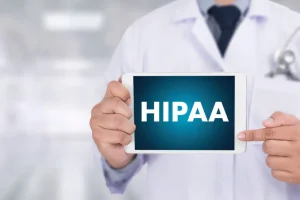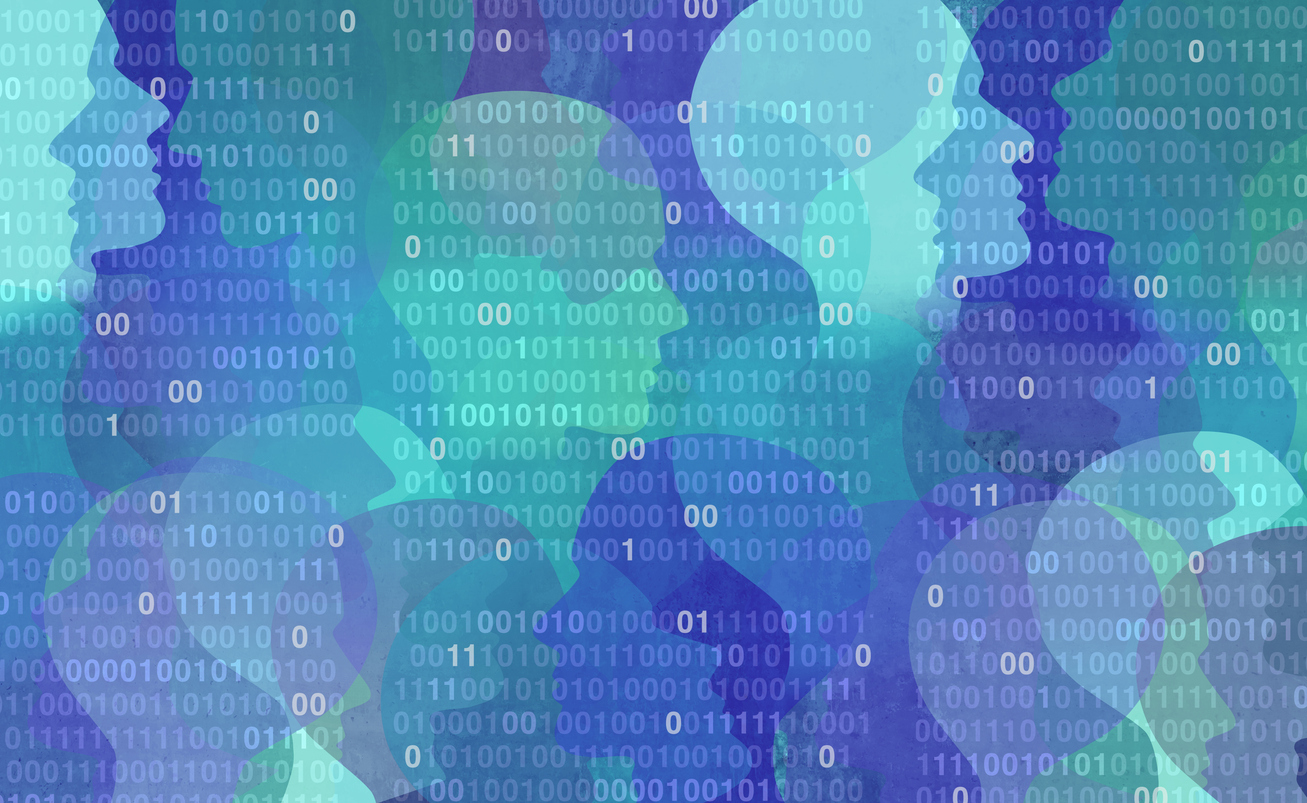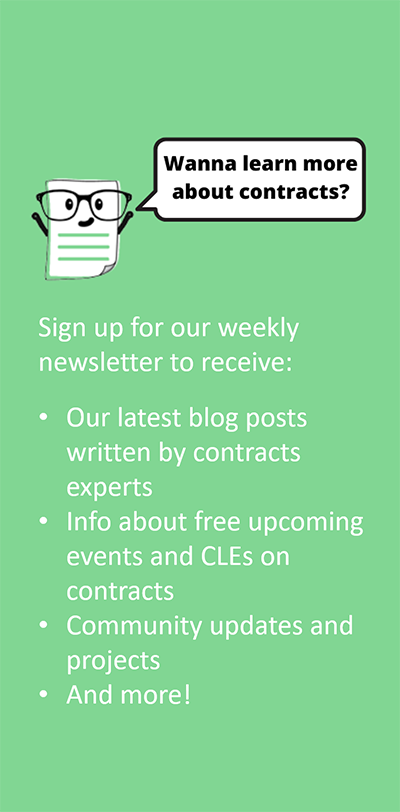KEY POINTS:
- ChatGPT can be used to help craft explanatory comments to accompany your proposed redlines.
- Responses should be reviewed and analyzed from an expert lens before applying to the contract negotiation at hand.
- The more specific your prompt, the more specific and accurate the response will be.

ChatGPT has a wide-range of potential uses in the legal industry, including assisting us contracts professionals with the contract review and negotiation process. In this article, I deep dive into how ChatGPT helped me justify the reasoning behind some of my proposed redlines.
Step 1: Manually review the contract redlines and explanatory comments.
A couple weeks ago, I received a redline of my company, Worksome’s standard Software-as-a-Service (SaaS) Agreement template. The other side (aka “Company”) proposed to strike our limitation of liability clause altogether. Here are the counterparty’s markups to my SaaS template:

We did not want to agree to their revisions, for a number of reasons. Instead of drafting up the reasoning myself, I wanted to find out what ChatGPT 3.5 had to say.
Step 2: Create a specific prompt.
The way ChatGPT works is that it responds to whatever prompt you enter. The more specific your prompt, the more specific and accurate the response will be. Preparing the prompt requires a certain level of understanding and expertise because you have to know what you’re looking for in order to ask for help.
To prepare my prompt in this example, I first removed any identifiable information of my company or the counterparty (see risks of using ChatGPT with contracts). Then, I created a brief introduction of the facts to guide the tool. And lastly, I asked it to come up with as many reasons as possible to include the original clause from my MSA template in what I characterized as an “SaaS vendor agreement where the vendor provides staffing and employment solutions,” to ensure it captured any industry-specific information.
See the prompt I included below:

Step 3: Review ChatGPT’s responses from an expert lense.
ChatGPT quickly generated seven reasons why the Company should agree to the liability clause in my original MSA template. The question I then asked myself was, how legit are each of these reasons and do I want to use any of them in my explanatory comments back to the Company? This is where legal expertise and experience comes into play.
I know that limitation of liability clauses for warranty representations are usually negotiated in these types of agreements, so I needed persuasive arguments if I was going to get to the other side to agree to my language. Having negotiated a wide variety ofagreements over my 13 years as in-house counsel, I know how I usually go about negotiating for this clause, but I was really curious to see what ChatGPT could add, if anything.
In reviewing the output, I applied my expertise to filter out these three points I thought would be unpersuasive or weak to a potential customer:

Two other responses were written more succinctly and in a shorter amount of time than it would have taken me. So I decided to use them in my explanatory comments back to the counterparty.


And the last two responses were solid, so I decided to include them in our MSA playbook!

Step 4: Incorporate the Chosen Elements from ChatGPT into Your Redlines
I provided the ChatGPT responses and my explanatory comments to our Contract Specialist who created this explanatory response, which resulted in the clause remaining in the agreement.

Overall Experience – Positive!
In less than three minutes (mainly spent on editing the content to remove any reference to my company or the Company), I had a solid response to maintain our position in our MSA and additional reasoning to include in our playbook that we can use for future training.
Overall, I believe ChatGPT is a good resource in contract negotiations for specific points or clauses to: (i) validate your reasoning, (ii) provide additional arguments and points of consideration, (iii) draft responses and explanations in a clear and succinct way and (iv) help in creating playbooks for both the legal and business teams.
For more expert tips about using ChatGPT with contracts:
- Read more articles in the author’s guest column Chatting Contracts with GPT
- Follow Laura on LinkedIn and reach out to her if you want customized trainings for your legal team
- Subscribe to the Contract Nerds newsletter for weekly tips about contracts straight to your inbox ????????


















